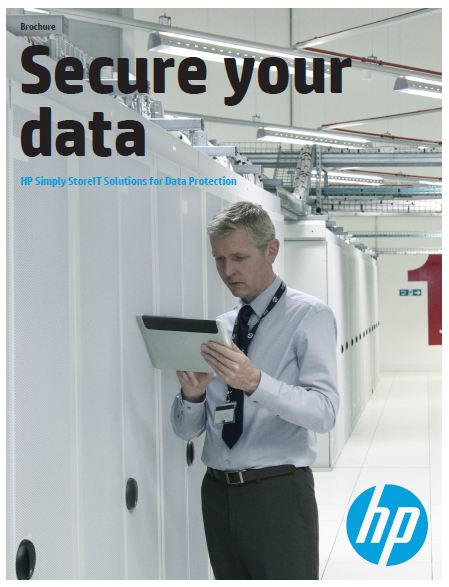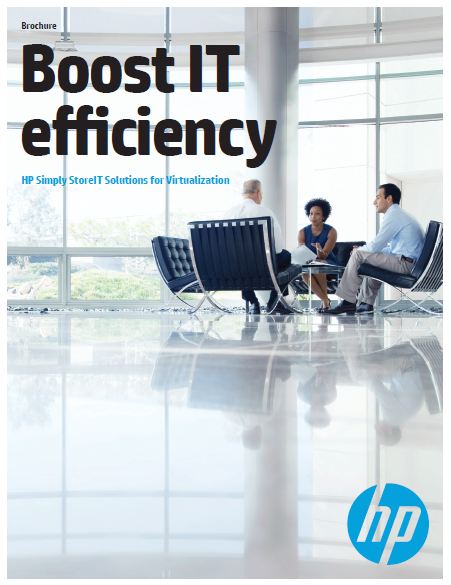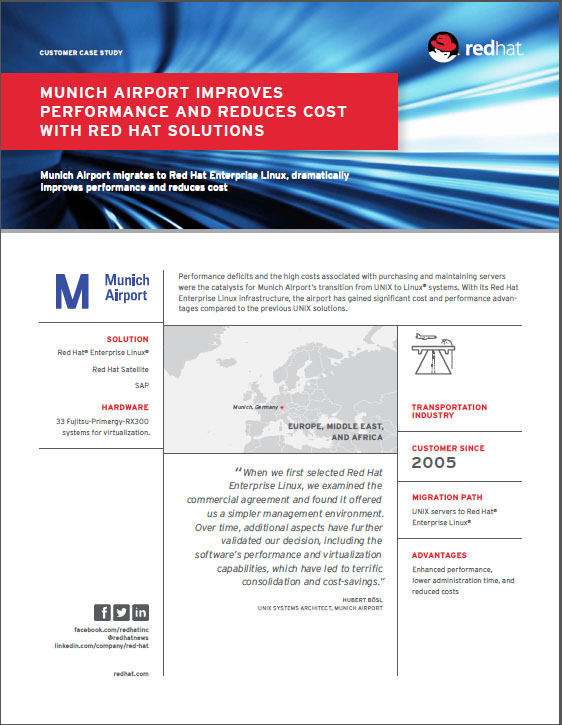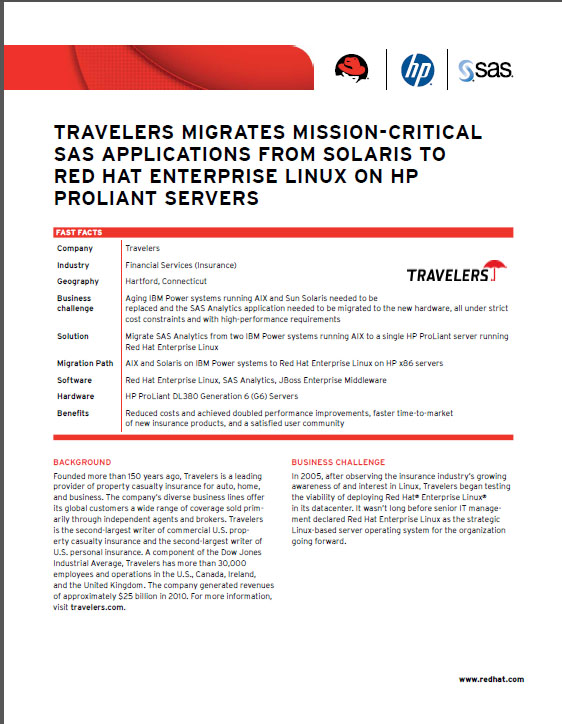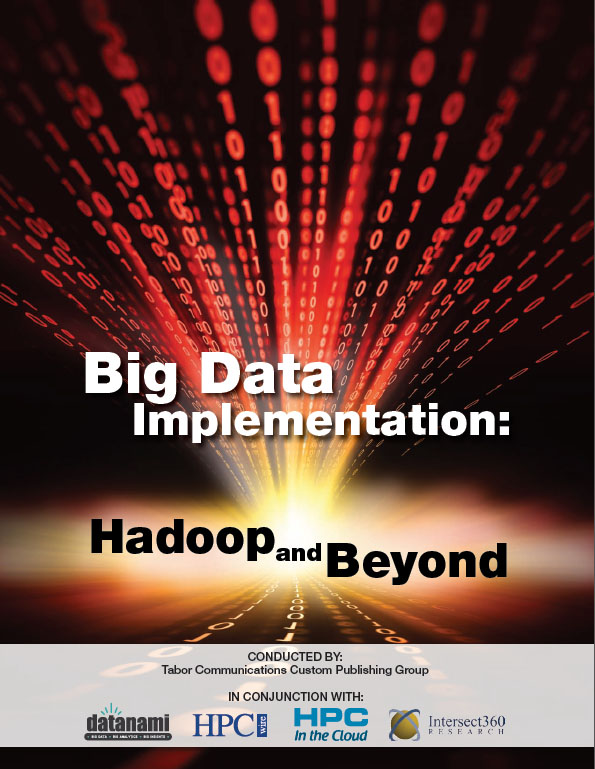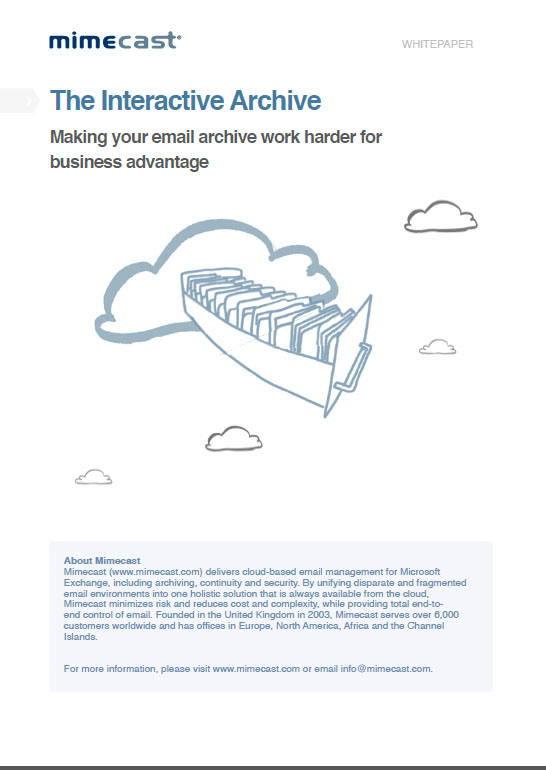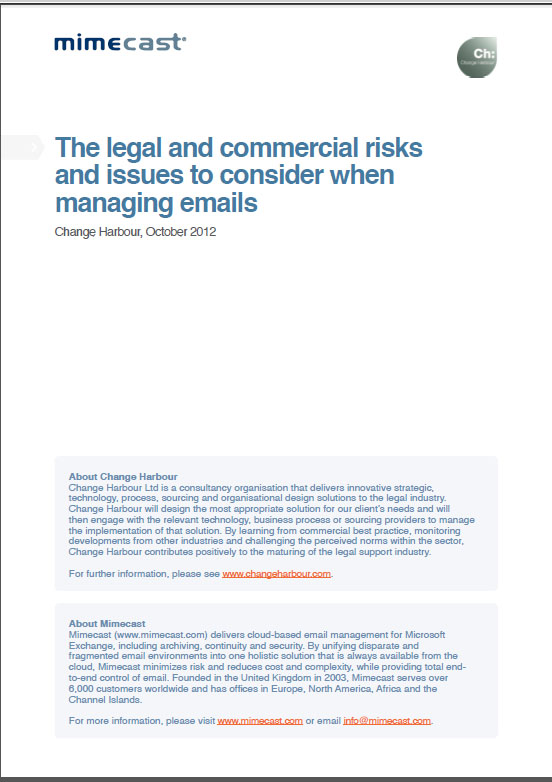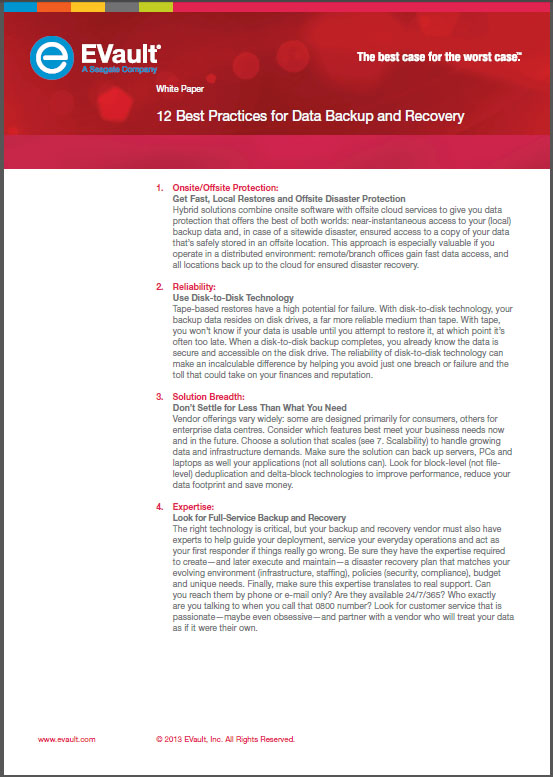How Unified Communications can help you?
Devices can ‘talk amongst themselves’ Technology jargon is often confusing and complicated. And more often than not, the only people that understand the terminology are the people that coined it to begin with. For example, take the term Unified Communications (UC). If you say it a few times and really think about it, you’ll probably

